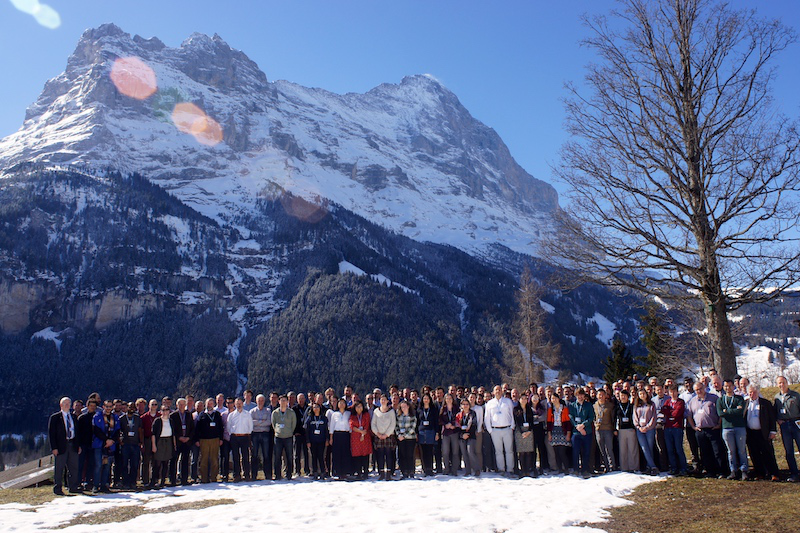Speaker
Description
The Near Infra-Red Planet Searcher (NIRPS) will join HARPS on the 3.6 m ESO telescope in La Silla, Chile in the summer of 2019. The new NIR arm will operate in the Y, J and H bands (973.79 to 1808.53 nm) with an AO-assisted guiding camera. Built with the specific goal of characterising exoplanets around M-dwarfs and achieving 1 m/s accuracy in the NIR, NIRPS will play an important role identifying possibly habitable worlds. Especially in the era of TESS, where we expect to find numerous planets orbiting cool dwarfs, having access to the NIR through instruments like NIRPS will be key in exoplanet research.
For early type M-dwarfs we expect a gain of 5 orders of magnitude in photon noise from HARPS to NIRPS. We will present the expected gain for a wide range of spectral types and demonstrate how the combination of NIRPS and HARPS will further presise mass measurements. Not only will we get a significant increase in signal-to-noise in the NIR for cool stars, but the NIR arm will also enable monitoring of stellar activity for all stellar types, and thus disentangling stellar activity from doppler motion caused by a planet.




